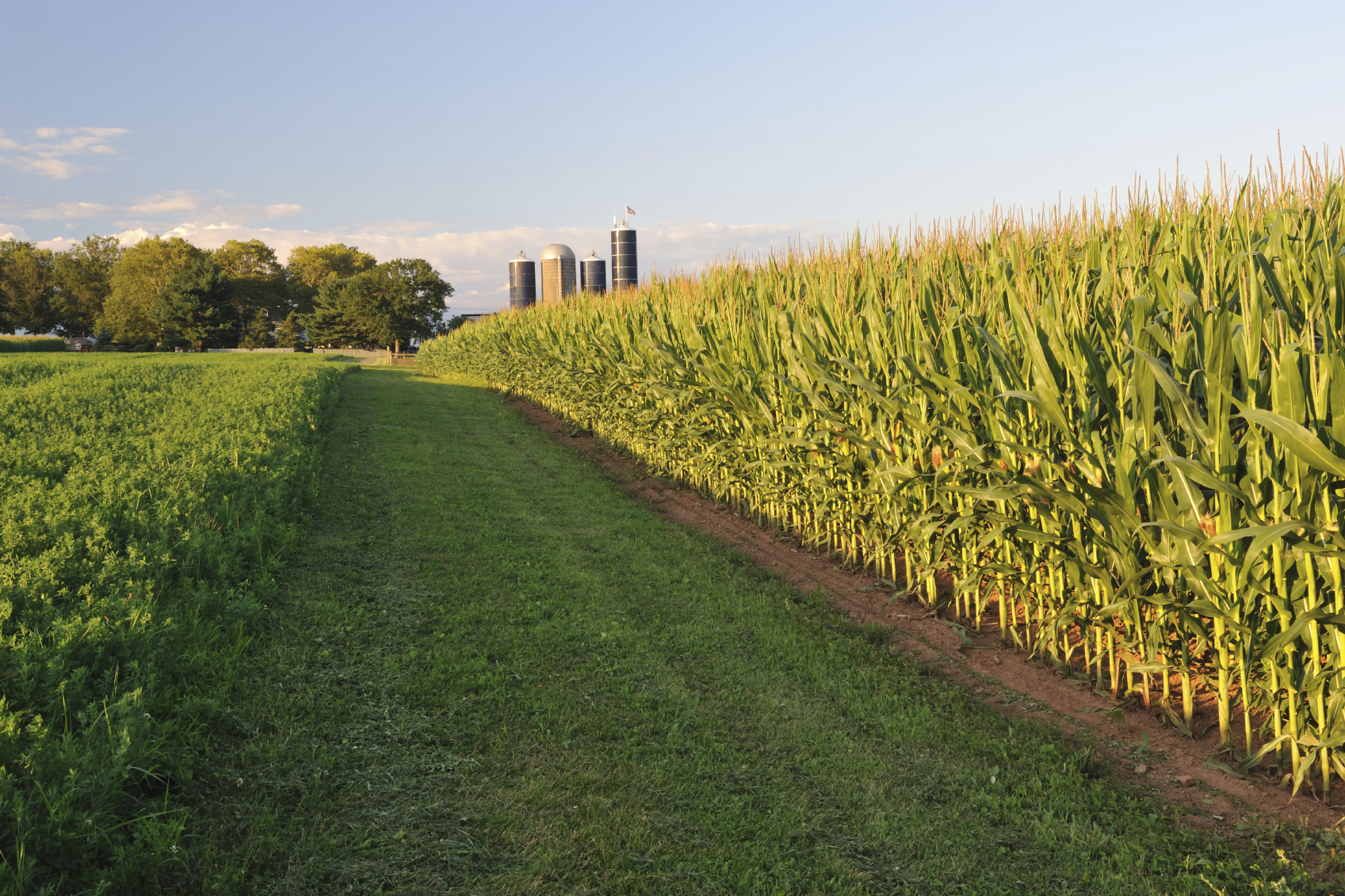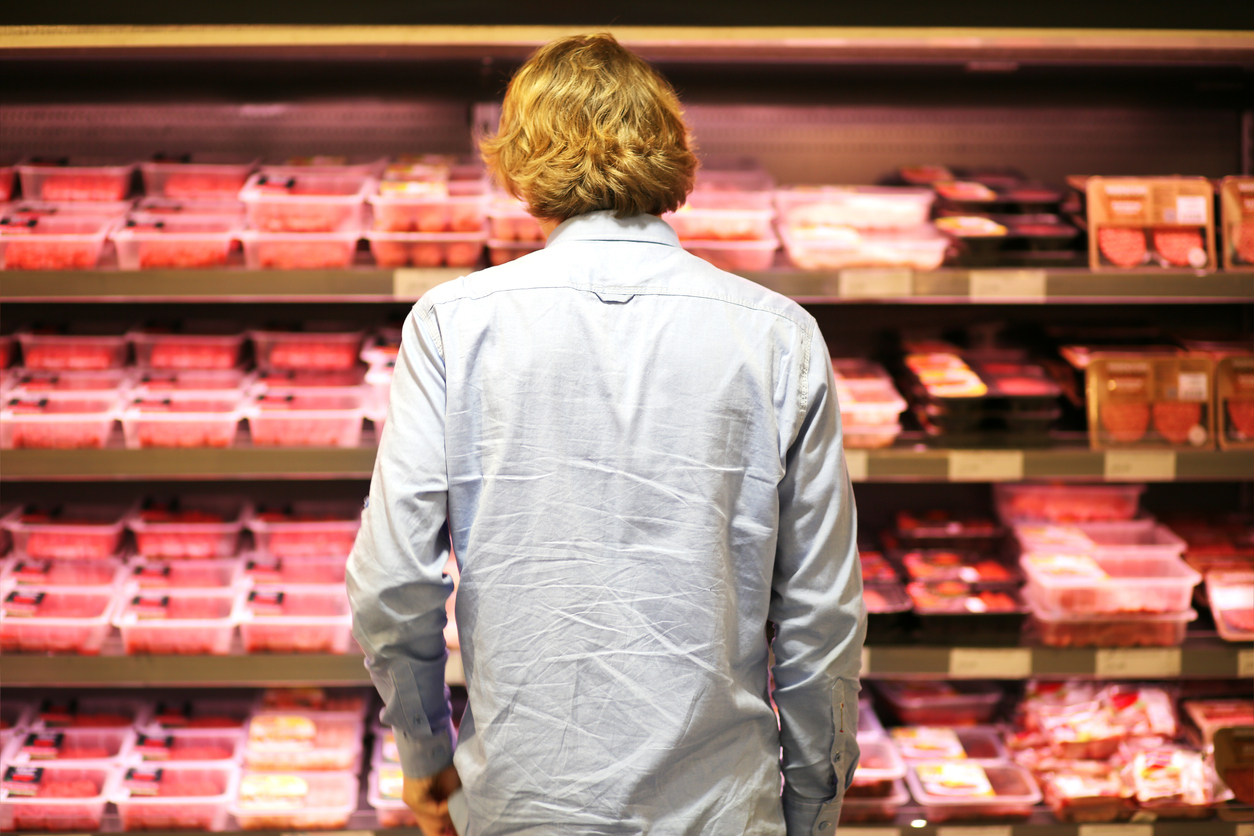Food policy should put farmers and food eaters first and “farmisms” last

This weekend I attended FoodTank’s Seattle Food Summit on “Growing Food Policy.” FoodTank is a think tank for food that collaborates with its members to “provide sustainable solutions for our most pressing environmental and social problems.”
Always cautious of excessive agricultural regulations, hearing the summit’s theme of “Growing Food Policy” made me nervous. What does that even mean? After attending the conference (watch it here), I’m not even sure FoodTank knew what “Growing Food Policy” meant because the myriad of suggested policies would not move forward in a consistent direction.
There was a moment of irony that illustrated my problem with their suggestion of “growing” food policy.
I needed to run to my car before the catered lunch, and I returned to an almost empty food bar. Two types of salads remained. (I half wonder if this was a pre-emptive push for the challenge presented later in the program from a Google employee to only eat 0.5 ounces of beef per day.)
Having managed conventions, I understand mistakes happen and sometimes you run out of food.
Ironically, an organization promoting “growing” food policy, feeding undernourished populations, hosting speakers recommending organic, local, and vegetarianism to save the planet, and asking questions like, “Why is it important that farmers have choices,” ran out of food.
Illustrating that “central planning” is a horrible choice for food management. The more restrictive your view of what food is acceptable, the more likely you are to fall short, creating scarcity and logistical problems.
The message of Saturday’s conference strongly went against the idea of choice, for both farmers and consumers. Yet, feeding people is all about markets and choice.
Farmers of all kinds should have the freedom to choose their crop, production methods, marketing plan, and conservation practices. Consumers should have the freedom to choose their food and not be forced by local advocacy groups to support one “farmism” above another.
Now, what do I mean by farmisms? For me, farmisms occur when we begin excluding and/or prioritizing one method of farming over another. I think Washington farmer, Rosella Mosby, said it best on Twitter: “Define a better kind of agriculture. Let’s be inclusive not exclusive. No farmism.”
Examples frequently repeated at the FoodTank Summit were organic and local. These choices are not bad, but they are simply choices and should be left as such. They also represent only a tiny portion of food. Suggesting they are superior to other more “conventional” practices is a gross misunderstanding of the entire food system.
Farmers know their land best and are responsible stewards of their environment and pushing these beliefs into policy could have negative consequences. Requiring local food initiatives may increase the cost of food for the most food insecure and actually increase the environmental footprint of our diets. Mandating organic practices to farmers who already use no-till farming practices may actually increase erosion.
Policy recommendations that stem from one-size-fits-all ideologies endanger farmers and look past their expertise. Smaller and mid-size farms are hurt and the “mega/corporate/factory” farms these policies target come out smelling like a rose with only an added bit of paperwork and time.
Is “growing food policy” even a good idea? No. Those who care about food would be wise to focus on removing excessive regulations and where needed, designing practical policy that puts the farmers and consumers first and leaves the consideration of various farmisms to the market choices of those who produce and consume farm products.





